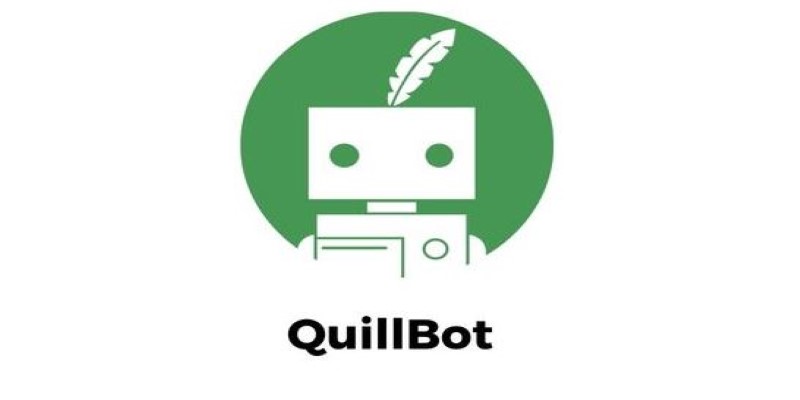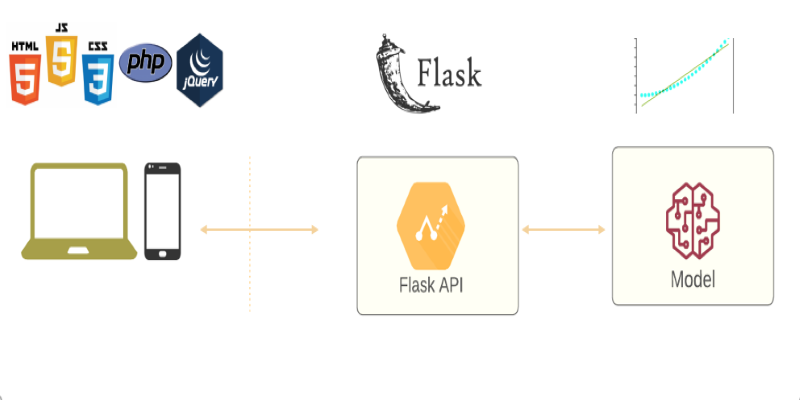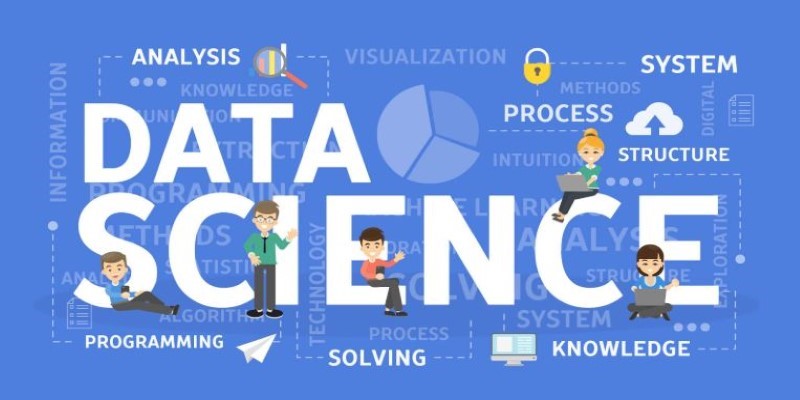Advertisement
Have you ever written something and felt like it was off, but couldn't quite tell why? You reread it, maybe fix a typo or two, but it still doesn't sound clean. That's where AI grammar checkers come in. These tools don't just fix commas or spot spelling mistakes—they help polish tone, sentence flow, and even word choice. If you're trying to write faster, clearer, or just with more confidence, the right AI grammar checker makes a real difference.
We’ve tested a bunch and picked the seven that work best. Each one has strengths depending on what you need—quick fixes, tone suggestions, or help understanding grammar in the first place.
Grammarly is the one most people know, and there's a reason for that. It catches grammar errors, awkward phrasing, and punctuation slips, and it even gives tone suggestions. It works across platforms—Chrome, Word, Google Docs, email, and more.
However, what really makes Grammarly stand out is the real-time feedback. As you type, it flags issues, explains why something's wrong, and shows how to fix it. You can ignore suggestions or customize them based on your goals, like sounding more formal or friendly.
The free version covers basic grammar and spelling. The paid version opens up clarity rewrites, tone analysis, and more advanced grammar help.
Best for: People who write a lot online or in email and want fast, accurate suggestions.
Quillbot is a writing assistant rather than a puristic grammar checker. It's made to rewrite your sentences in alternative tones and styles, but still indicate grammar errors. The paraphrasing tool stands out as a core feature—you copy and paste text into it, and it rephrases it with improved flow.

If you're writing blog posts, emails, or essays and keep second-guessing your sentences, Quillbot helps break through that block. It’s not as in-depth with grammar rules, but it’s solid at making your words smoother and more natural.
There’s a grammar checker built in, but it’s not as detailed as Grammarly. Still, it’s handy if you want both rewriting and basic corrections in one tool.
Best for: Writers who want help paraphrasing, not just fixing commas.
If you're working on something longer, like reports, fiction, or blog articles, ProWritingAid stands out. It doesn’t just fix grammar. It breaks down your writing style: sentence length variety, passive voice, repeated phrases, and more.
You get detailed reports that show where your writing drags or repeats. Some people find the interface overwhelming at first, but if you’re serious about improving your overall writing habits, it’s a great tool.
It integrates with Word, Chrome, and Scrivener, and it gives both quick fixes and deep feedback. You can even track your progress over time, which helps if you’re trying to improve professionally or academically.
Best for: Longform writers and those who want detailed feedback beyond grammar.
Hemingway isn’t a grammar checker in the usual sense. It doesn’t care much about typos or punctuation. What it does is show where your writing gets murky. If a sentence is too long, too passive, or too full of fluff, it highlights it.
The goal here is clarity. It tells you your reading grade level, color-codes complex sentences, and suggests where you can cut or split for impact. For bloggers, marketers, or students trying to make a point, Hemingway can clean up your writing fast.
You paste your text in, get the breakdown, and start cutting. It doesn’t offer rewording help, so it works best with another tool like Grammarly or Quillbot if you want grammar too.
Best for: Clear, direct writing and cutting down clutter.
LanguageTool is a solid alternative to Grammarly if you want support for languages besides English. It covers over 20 languages, including German, Spanish, French, and more. It checks grammar, punctuation, and style in all of them.

It runs as a browser extension or can be integrated into writing tools like LibreOffice. The free version covers basic grammar, and the paid version adds tone and style suggestions.
One plus: It’s open-source and privacy-friendly. If you don’t want your writing stored or processed in the cloud, you can use the offline version.
Best for: Multilingual writers and privacy-conscious users.
Slick Write doesn’t try to do everything. It’s a fast, no-frills grammar and style checker that runs right in your browser. You paste in your writing and get quick feedback on sentence structure, passive voice, adverb usage, and readability.
There’s not much in the way of AI rewriting or tone suggestions. But if you just want something fast and free, it gets the job done. It even has a flow index that shows how well your sentences connect.
It’s not built for long documents or collaborative writing, but it’s good for emails, short blog posts, or college papers.
Best for: Quick, browser-based grammar checking.
Writer is aimed more at business use. It’s a grammar checker mixed with brand style rules. That means it doesn’t just fix mistakes—it keeps your team’s writing consistent.
You can set company-wide tone guidelines, approve certain phrases, and customize what kinds of feedback Writer gives. It’s built for teams that write documentation, product copy, or customer emails and want everything to sound the same.
For individuals, Writer still works well, especially if you want consistent tone and grammar help. But its real strength is in team environments.
Best for: Businesses and teams needing consistent brand tone.
Each tool serves a different kind of writer. Grammarly offers instant feedback, ProWritingAid breaks down patterns, Hemingway highlights complexity, and Quillbot smooths out phrasing. It’s about finding the one that suits how you write. Try the free versions first. Notice which one helps your sentences feel clearer. Once you find the right fit, keep using it. You don’t need flawless grammar—just writing that’s easier to follow and says what you mean. Let the tool take care of the fine details while you focus on your ideas.
Advertisement

Learn how to access GPT-4 on ChatGPT. Follow these steps to unlock AI features and boost your productivity.

Encountering errors in ChatGPT? Learn how to fix common issues like "not responding," "network errors," and more with these easy-to-follow solutions

Noom CEO details how AI-driven health technology delivers tailored health support, boosting engagement and improving outcomes

Learn how to deploy your machine learning model with Flask in 2025. Step-by-step guide on setting up Flask, testing your API, and making your model production-ready

DataRobot's Feature Discovery runs inside Snowflake, offering more secure and scalable machine learning feature engineering

How to generate and edit DALL·E 3 images step by step using the Copilot Image Creator. Discover how to turn text prompts into stunning visuals and make quick edits—all without design skills

Learn how artificial intelligence organizes random data, increases output, and drives efficiency throughout content management

How can AI help storytellers in filmmaking? Discover how LTX Studio uses AI to generate scenes from written descriptions, making the video creation process faster and more flexible for creators

Dive into the strengths and weaknesses of open-source AI models and what they mean for innovation.

Explore the most reliable data science platforms in 2025. From notebooks to automated modeling, find the best tools for data science across all skill levels

Looking for the best Synthesia AI alternatives in 2025? Discover smart AI video tools that help you create videos with avatars, text-to-speech, and script automation faster and easier

Know what an AI accelerator is, how it works, and why it's vital for powering today's smart tech and intelligent systems